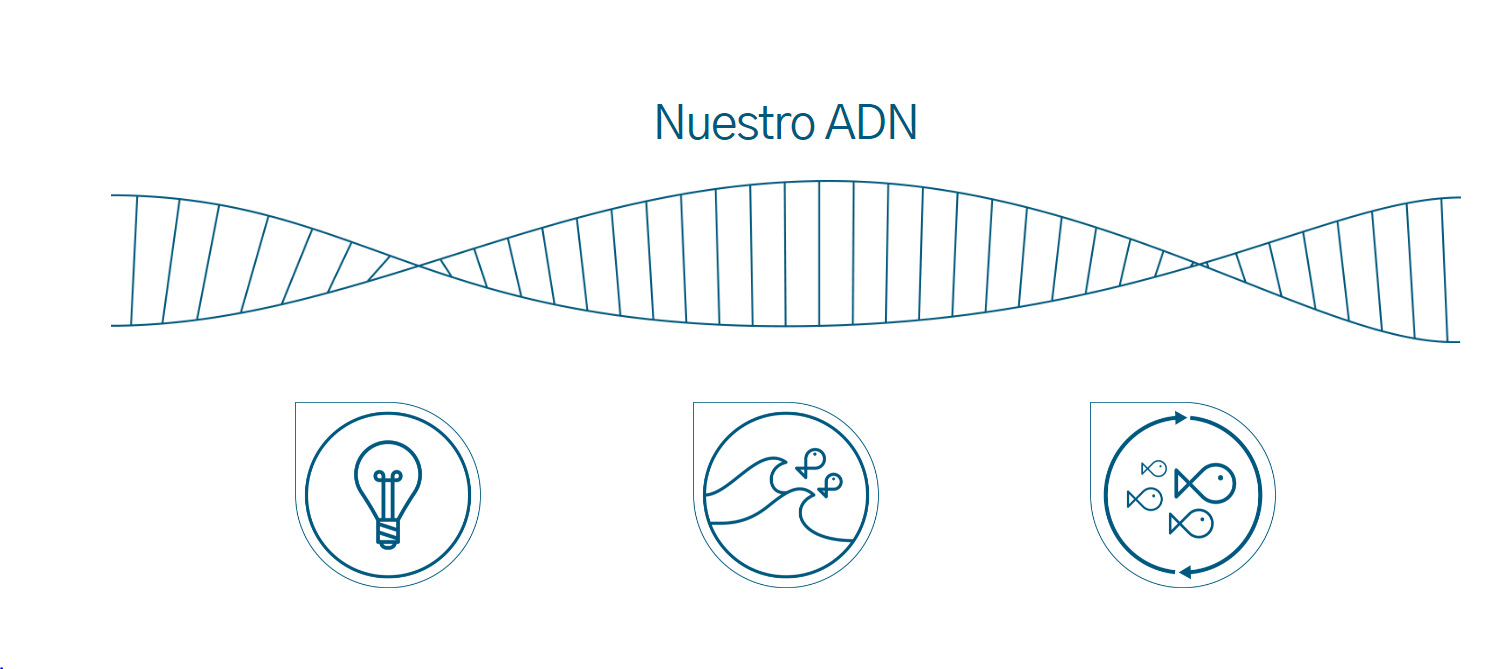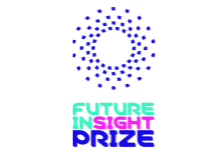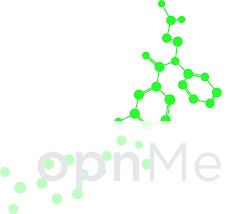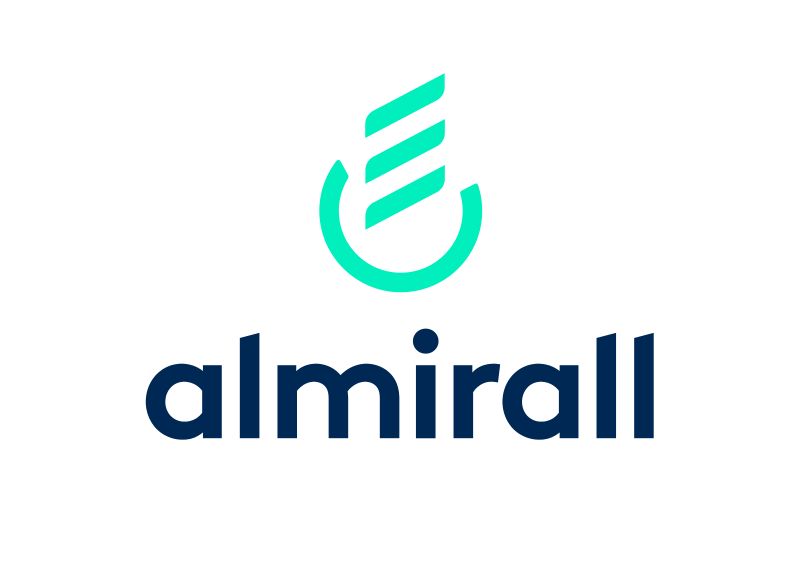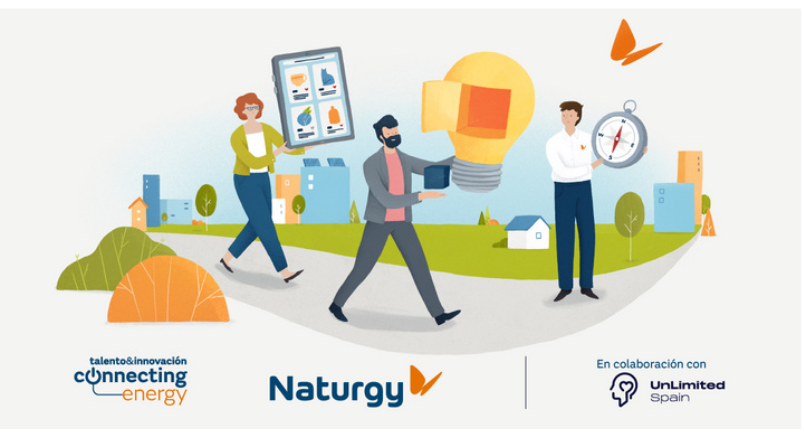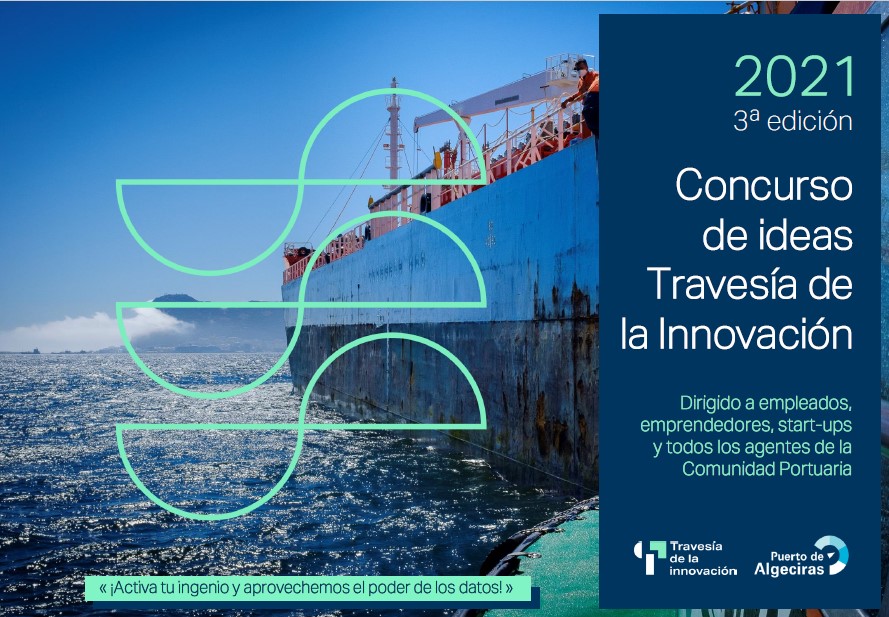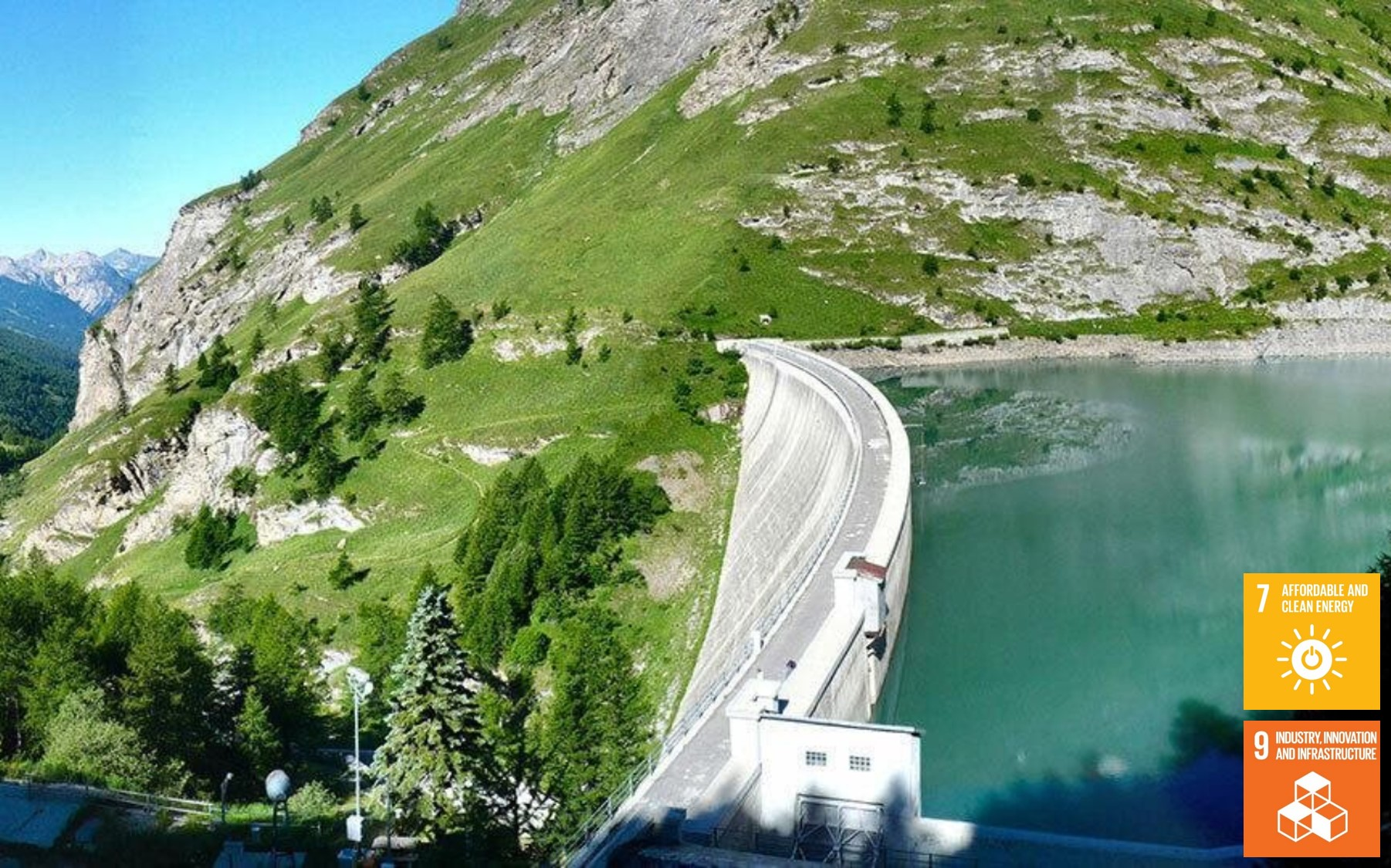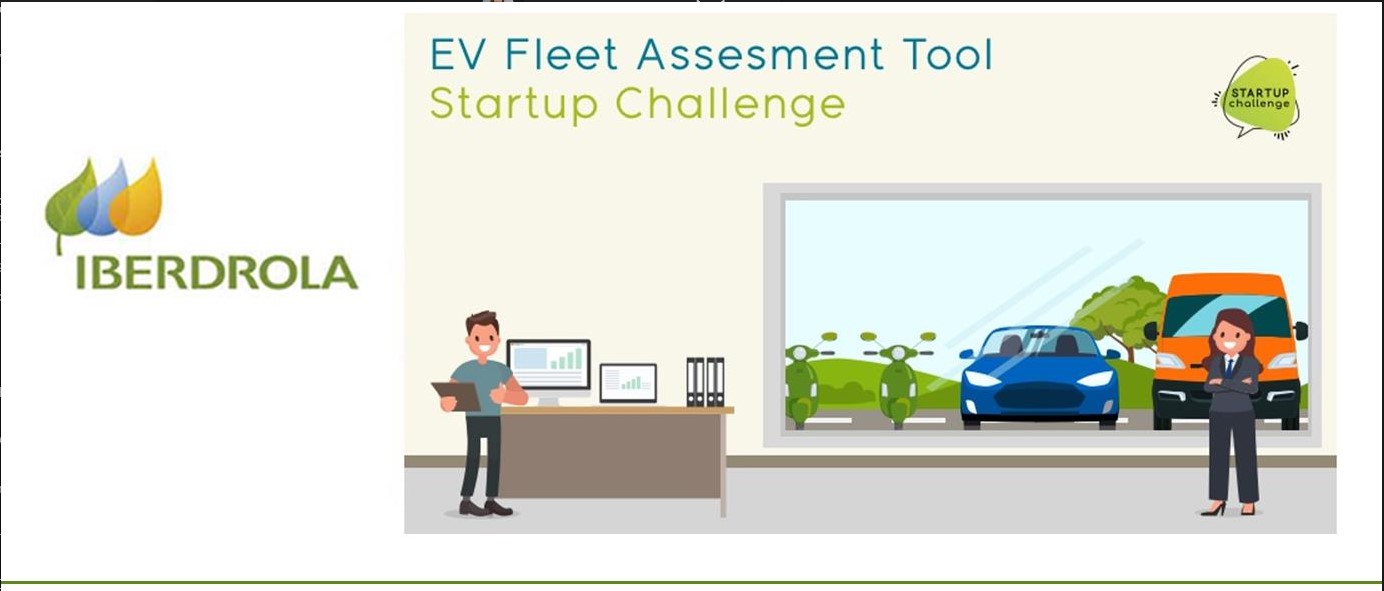LISTADO RETOS EXPIRADOS
Grupo Nueva Pescanova – “NUEVA PESCANOVA OPEN INNOVATION”
Fecha de vencimiento: 05-11-2021
Este reto busca atraer y potenciar las ideas más disruptivas que den respuesta mediante la tecnología a los retos claves que se presentan en los sectores de acuicultura y pesca, así como la adopción de la sostenibilidad en dichos sectores. Las propuestas para la resolución de los retos deberán basarse en tecnologías tales como IoT, Inteligencia Artificial, Big Data, plataformas low code, tecnologías de automatización o cualquier combinación de las anteriores. Áreas o temáticas: Bienestar Animal; Digitalización de Operaciones y Procesos; Acuicultura y Sostenibilidad Marina. Con el fin de participar en el concurso se deberá aportar una idea de innovación que responda a uno o varias de las áreas temáticas comentadas anteriormente. Se requerirá un vídeo de una máxima duración de 3 minutos que deberá cubrir los siguientes puntos: - Presentación corporativa de la empresa y el equipo participantes - Presentación de la idea • Contexto del reto al que responde
Future Insight Prize 2022 - convertidor de CO2 a combustible
Fecha de vencimiento: 31-12-2021
The dream product generates a high energy-density fuel from renewable energy, water, and atmospheric carbon dioxide with an overall negative carbon dioxide balance. The reduction of carbon dioxide to useful chemicals has received a lot of attention as an alternative to the depletion of fossil resources without altering the atmospheric CO2 balance. As the chemical reduction of CO2 is energetically uphill due to its remarkable thermodynamic stability, this process requires a significant transfer of energy. Achievements in the fields of photocatalysis during the last decade sparked increased interest in the possibility of using sunlight for photocatalytic reduction of CO2 for the production of solar fuels.
CareMatrix -Pre-Commercial Procurement - Integrated care for people with multimorbidity
Fecha de vencimiento: 30-11-2021
A group of healthcare buyers from Sweden, Norway and Spain invites potentially interested bidders to participate in the open market consultation for their upcoming Carematrix pre-commercial procurement. The objective is to trigger testing and development of new solutions to anticipate and address the needs of people suffering from multimorbidity by ensuring timely service access, co-managed care journeys and transitions between specialities and sectors. The open market consultation is a combination of an RFI, questionnaire and webinars between November-December 2021. CareMatrix is a European H2020 Pre-Commercial Procurement (PCP) project for integrated care solutions designed to challenge the health market to develop innovative technology for People with Multimorbidity (PMM).PMM are ageing populations with two or more chronic health conditions such as diabetes, heart disease and depression.
Bric.Brusseks - STIB-MIVB publishes procurement opportunity on people flow analytics
Fecha de vencimiento: 29-10-2021OpnMe - demonstrate utility of Vanin enzymatic activity inhibition in novel disease indications
Fecha de vencimiento: 24-11-2021
In humans, the Vanin 1 and 2 genes encode secreted and membrane-bound ectoenzymes that convert pantetheine into pantothenic acid and cysteamine. We share for collaboration a highly potent and selective dual Vanin inhibitor that blocks the enzymatic activity of Vanin 1 and 2, suitable for investigations in vitro and in vivo. Interested scientists are invited to submit testable research proposals that demonstrate utility of Vanin enzymatic activity inhibition in novel disease indications with high unmet medical need. BI-4122 is an orally available small molecule inhibitor that blocks in a reversible, competitive manner the enzymatic activity of Vanin 1 and 2, and therefore potently inhibits the conversion of pantetheine into pantothenic acid and cysteamine. Interested scientists are invited to submit testable research proposals that demonstrate utility of Vanin enzymatic activity inhibition in novel disease indications with high unmet medical need.
Almirall – innovative therapies for skin diseases
Fecha de vencimiento: 31-10-2021
We are looking for partnering opportunities on new assets in advanced research or preclinical development stages that could be useful for the treatment of dermatological diseases. Preferably, the assets should: - Target immuno-inflammatory pathways or be suitable for dermato-oncological or rare dermatological indications - Involve any therapeutic modality such as small molecules, biologics or advanced therapies - Demonstrate strong scientific rationale, including in vitro and in vivo evidences of efficacy, if available
Naturgy- Incuba tu proyecto en transición energética y crea un futuro más sostenible
Fecha de vencimiento: 20-10-2021
Como expertos en energía comprometida con el entorno, lanzamos Connecting Energy para ayudar a emprendedores y potenciales emprendedores a consolidar su solución en el ámbito de la transición energética. Si tienes una idea o un proyecto que tenga como misión aportar soluciones innovadoras, sostenibles y que generen un cambio estructural en el sistema energético, ¡este programa es para ti! Energía y consumo responsable Biometano, hidrógeno y otros gases renovables Movilidad sostenible Economía circular y gestión de residuos
APBA- 3ª edición del Concurso de Ideas Travesía de la Innovación, dirigida a fomentar la innovación basada en el uso y aprovechamiento de los datos
Fecha de vencimiento: 15-12-2021
El reto está enfocado a identificar nuevas formas de crear valor a los usuarios/clientes del puerto, así como a la propia mercancía y a su entorno, a través del uso y aprovechamiento de los datos (inteligencia y analítica avanzada) en sus diversos formatos y fuentes. Por ello, se valorarán ideas relacionadas con la identificación de casos de uso donde los datos pueden aportar un valor diferencial, soluciones para captar datos de valor y mejorar la toma de decisiones, algoritmos para resolver retos del negocio, herramientas novedosas de análisis y visualización de datos, aplicaciones predictivas/prescriptivas, aplicaciones que mejoren la transparencia y visibilidad del paso de la mercancía por el puerto, etc.
ENEL- Dispositivo medidor de flujo másico para aplicaciones hidroeléctricas
Fecha de vencimiento: 03-10-2021
Enel Green Power (EGP) está buscando sistemas o dispositivos inteligentes innovadores que se puedan instalar fácilmente en compuertas y canales de apertura y cierre en plantas hidroeléctricas, para medir el caudal másico de agua. El sistema debe poder medir el flujo másico de agua con un buen grado de precisión y confiabilidad y debe poder compartir los datos medidos con los sistemas de la planta. Las soluciones propuestas deben : - Mida el caudal tanto para compuertas como para canales (producto completo o solo sensor): o Escenario 1: Frecuencia de medición: una vez por segundo; o Escenario 2: Frecuencia de medición: una vez por minuto; - Se instala fácilmente, especialmente en lugares de difícil acceso; - Caracterizarse por un mantenimiento y calibración sencillos y de baja frecuencia (remoto / in situ); - Poder instalarse tanto de forma integrada con sistemas de planta como con fuente de alimentación autónoma.
IBERDROLA - STARTUP CHALLENGE: PLANIFICACIÓN DE FLOTAS DE VEHÍCULOS ELÉCTRICOS
Fecha de vencimiento: 30-09-2021
Como parte de su compromiso con la electrificación del sector del transporte, AVANGRID*, filial de Iberdrola en Estados Unidos, busca desarrollar una herramienta web para ayudar a los operadores de flotas a evaluar la viabilidad, costes y beneficios de convertir sus flotas en soluciones eléctricas. Para ello, Iberdrola lanza este desafío a través del Programa internacional de Start-ups - PERSEO.
